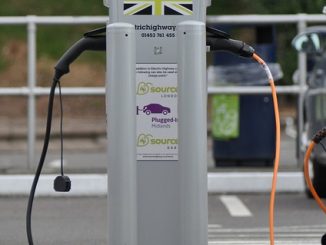
The public opinion usually associates the greenhouse effect with CO2 emissions because they are ubiquitous emissions in our daily lives. But other gases have a greater global warming power than CO2. The most emblematic, 23,500 times more contributory to the greenhouse effect than CO2, is SF6, a fluorinated gas, present in most of the equipment found in electricity transmission and distribution transformer stations.
So why this almost generalized presence?
SF6 has two exceptional properties: first, it is an incomparable insulating medium that has drastically reduced the size of electrical equipment, allowing two live conductors to be brought together at short distances without risk of short circuits. Then, it is an environment that makes it easier and faster to extinguish electric arcs in the event of a short circuit, further protecting medium and high voltage electrical networks and the people in the vicinity.
There is therefore no question of giving up such performances.
Yet we have “locked” in this equipment the equivalent of about 2 months of global CO2 emissions. As long as the gas remains inside the equipment, it is only a risk.
But some equipment, in which SF6 is under pressure, leaks regularly. These leaks are all the more important as the equipment is old and the maintenance is not very rigorous. Over the next 30 years, these leaks will represent a little less than a month of global CO2 emissions.
But other leaks can occur during equipment maintenance operations, during transport and installation of this equipment or during recycling. It is probably these latter operations, which will be more frequent in the future, that the risk is greatest. Over the next 30 years, all of the leaks will represent around one and a half months of global CO2 emissions.
Alternative solutions to SF6, which are essential, are being studied but no decision can be taken to date to force the substitution of this gas.
Some manufacturers have chosen to develop new fluorinated gases whose global warming power is much lower than that of SF6. But these gases remain fluorinated gases whose impact on health has not yet been sufficiently documented. They may, however, improve the situation for equipment in High Voltage transmission networks.
Others, Siemens and Schneider Electric, have opted for “natural” solutions with no impact on the environment, using vacuum as the breaking medium and air as an insulator. These solutions will soon be available in all equipment dedicated to the distribution of electricity.
This little-known subject shows that the energy transition necessary to reduce CO2 emissions is not limited to the development of renewable energies.
Hopefully, in the coming months, the regulations will take advantage of solutions put on the market to accelerate the reduction of the use of SF6 in electrical equipment.




Leave a Reply